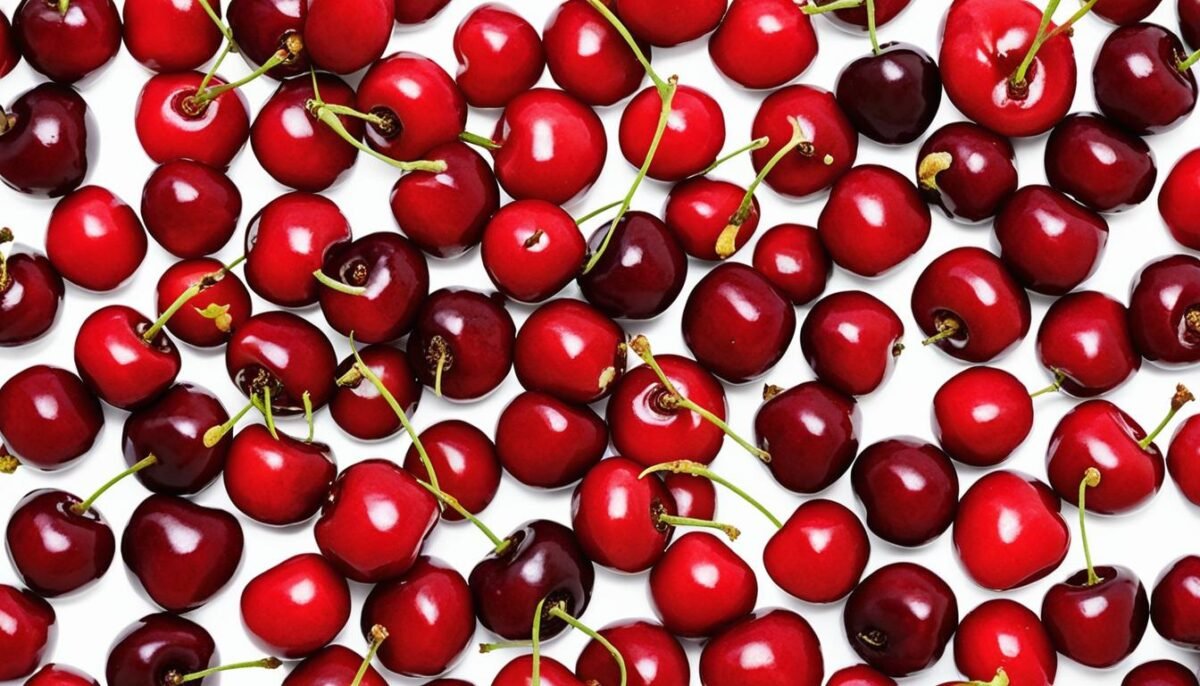The plural of “cherry” is often a point of confusion for many English speakers. According to the sources, the correct plural form of “cherry” is “cherries.” This is based on the mistaken assumption that the Old North French word for cherry, “cherise,” was plural. However, “cherise” actually means “cherry,” and the plural form would be “cherises.” Despite this historical error, the singular form “cherry” has been widely adopted and accepted. So when referring to multiple cherries, the correct term to use is “cherries.”
The Singular and Plural of Cherry
The transition from singular to plural in English nouns often follows a simple rule: add an “s” or “es.” However, with the word “cherry,” the pluralization adheres to a more specific pattern. The singular form “cherry” refers to a single piece of the fruit. When talking about more than one, we use the plural form “cherries.” This transformation involves dropping the “y” and adding “ies” to the end of the word.
| Singular | Plural |
|---|---|
| cherry | cherries |

Understanding Cherry
Definition of Cherry
A cherry is a small, round fruit that ranges in color from yellow to deep red or black. It belongs to the genus Prunus, which also includes almonds, peaches, and plums. Cherries are classified into two main categories: sweet cherries (Prunus avium) and sour cherries (Prunus cerasus). Each variety has its unique taste, texture, and culinary uses.
Usage of Cherry
Cherries are versatile in their usage, appearing in various culinary contexts. Sweet cherries are often eaten fresh or used in desserts, while sour cherries are commonly found in baked goods, preserves, and as a flavoring for beverages and cocktails. Beyond their culinary applications, cherries have been used medicinally and symbolically throughout history.
Use of Cherry in Sentences
- Single Cherry: The pastry chef decorated each cupcake with a single cherry on top, adding a touch of elegance.
- Plural Cherries: After the rain, the ground beneath the cherry trees was strewn with fallen cherries, a vivid splash of red against the green grass.
- Descriptive Context: The market’s fruit section was vibrant, but the cherries, with their glossy red sheen, stood out the most.
- Symbolic Use: In her latest novel, the author used the cherry blossom as a symbol of life’s transient beauty.
- Culinary Recipe: The recipe called for a cup of pitted cherries, which would be simmered down into a luscious sauce for the duck.
Common Mistakes and Confusions
- Cherries vs. Cherry’s: “Cherries” is the plural form of cherry, indicating more than one fruit. “Cherry’s,” however, is a possessive form, indicating something belonging to a single cherry, such as “the cherry’s pit.”
- Using “Cherrys”: A common error is to simply add an “s” without changing the “y” to “ies” when pluralizing. The correct plural form is “cherries,” not “cherrys.”
- Misinterpretation of Singular and Plural in Recipes: It’s important to note whether a recipe calls for “cherry” (possibly referring to flavor or a singular use) or “cherries” (implying multiple fruits are needed).
Commonly Asked Questions
- Why does “cherry” change to “cherries” in the plural?
This change follows a common rule in English where nouns ending in “y” preceded by a consonant change the “y” to “ies” to form the plural. - Are there exceptions to using “cherries” as the plural form?
The plural form “cherries” is used to refer to the fruit. In metaphorical or brand names, the singular form might be used for plural or collective meanings, but these are exceptions and context-specific. - Can “cherry” refer to anything other than the fruit?
Yes, “cherry” can also refer to the wood of a cherry tree, which is valued for its color and grain in furniture making. Additionally, “cherry” is used symbolically in various contexts.
Conclusion
The transition from “cherry” to “cherries” encapsulates the richness of English pluralization rules, showcasing how a simple change can reflect both quantity and grammatical correctness. Understanding and applying the correct plural form of “cherry” enhances both written and spoken language, ensuring clarity and precision in communication. More than just a rule, it’s a nod to the cultural and culinary significance of this beloved fruit, allowing us to appreciate and articulate its presence in our lives with accuracy and respect.
FAQ
What is the plural form of “cherry”?
The correct plural form of “cherry” is “cherries.
Why is the plural of “cherry” not “cherise”?
Despite the historical mistake, the singular form “cherry” has been widely adopted and accepted. So when referring to multiple cherries, the correct term to use is “cherries.”
What is the etymology of the word “cherry”?
In Old English, the word for cherry was “ciris.” When Old English speakers came into contact with Old French speakers, they adopted the Old North French word “cherise” for cherry. Over time, this evolved into the modern form “cherry.”
Why does the error in the plural form of “cherry” persist?
The error in the plural form of “cherry” has persisted over time due to its widespread usage and acceptance. Many similar linguistic errors exist in the English language, highlighting the challenges of maintaining consistency in word forms.

